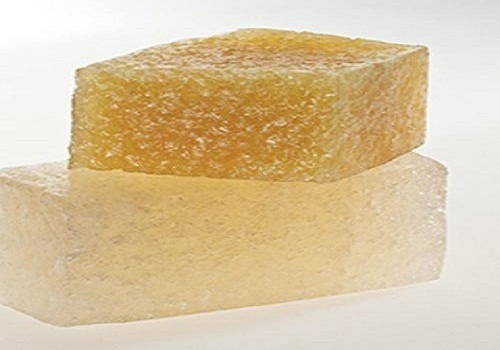Styrene-butadiene or styrene-butadiene rubber (SBR) describe families of synthetic rubbers derived from styrene and butadiene (the version developed by Goodyear is called Neolite). These materials have good abrasion resistance and good aging stability when protected by additives. In 2012, more than 5.4 million tonnes of SBR were processed worldwide. About 50% of car tires are made from various types of SBR. The styrene/butadiene ratio influences the properties of the polymer: with high styrene content, the rubbers are harder and less rubbery
SBR is made by polymerization butadiene and styrene at a weight ratio of around 3:1. The feedstocks are suspended in a substantial proportion of water in the presence of an initiator or a catalyst and a stabiliser during the emulsion process, which produces general purpose grades. A continuous procedure is used. The copolymerisation then occurs in a hydrocarbon solution in the presence of an organometallic complex during the solution procedure. This might be a batch or continuous procedure. PBR swing capacity is available in some production facilities.
1. Automotive : The elastomer is used widely in pneumatic tires. This application mainly calls for E-SBR, although S-SBR is growing in popularity. It is also used by speaker driver manufacturers as the material for Low Damping Rubber Surrounds.
2. Clothing and Consumer Goods : Other uses include shoe heels and soles, gaskets, and even chewing gum. Latex (emulsion) SBR is extensively used in coated papers, being one of the cheapest resins to bind pigmented coatings.
3. Constructions : It is also used in building applications, as a sealing and binding agent behind renders. It offers better durability, reduced shrinkage and increased flexibility, as well as being resistant to emulsification in damp conditions. SBR is often used as part of cement-based substructural (basement) waterproofing systems. SBR aids the bond strength, reduces the potential for shrinkage, and adds an element of flexibility.
4. Batteries : a binder in lithium-ion battery electrodes.
5. Industrial : gasketed-plate heat exchangers.
